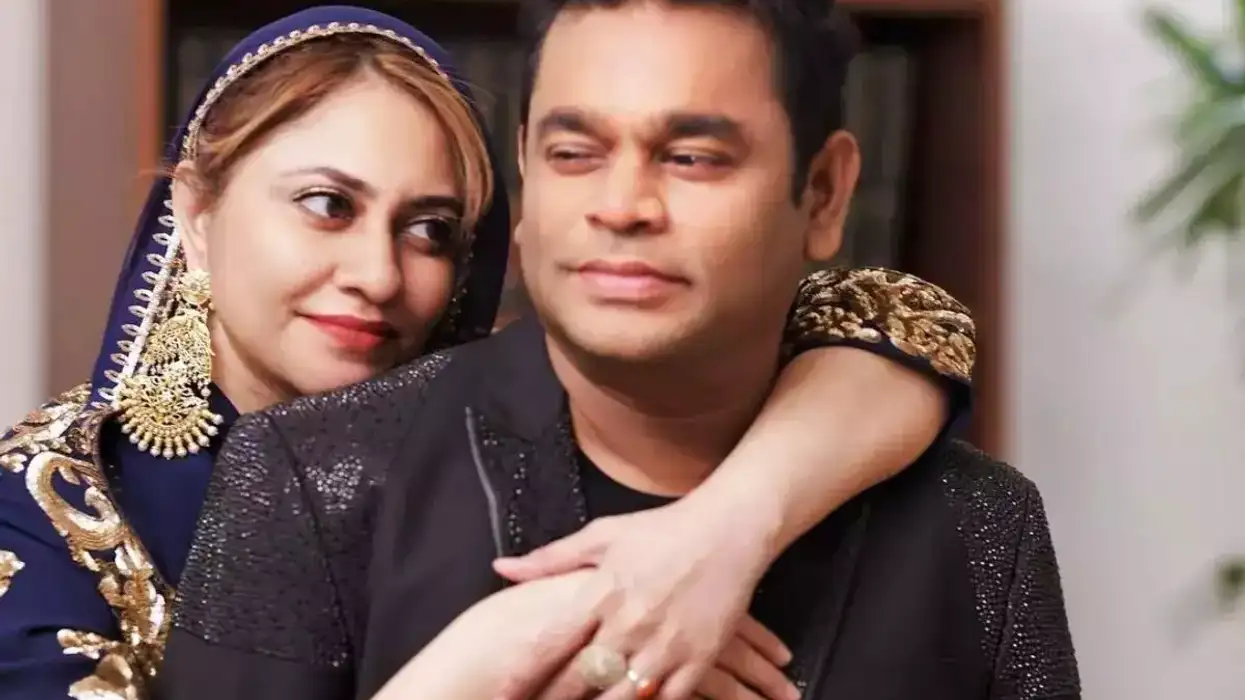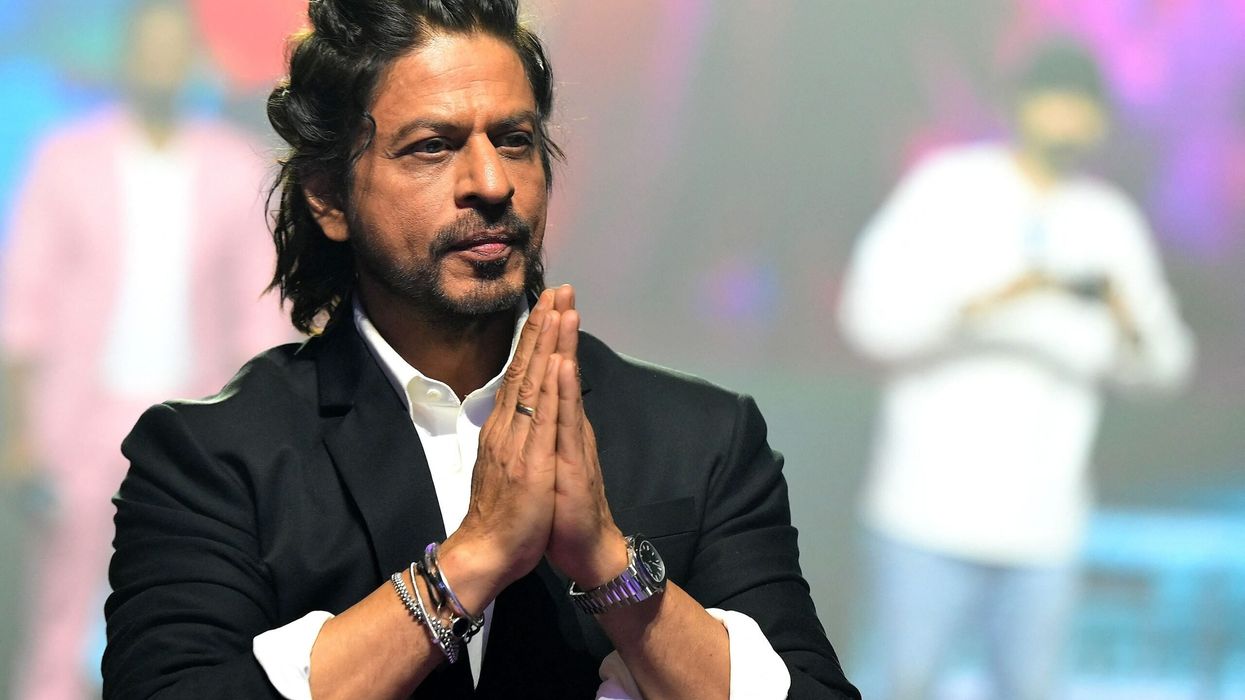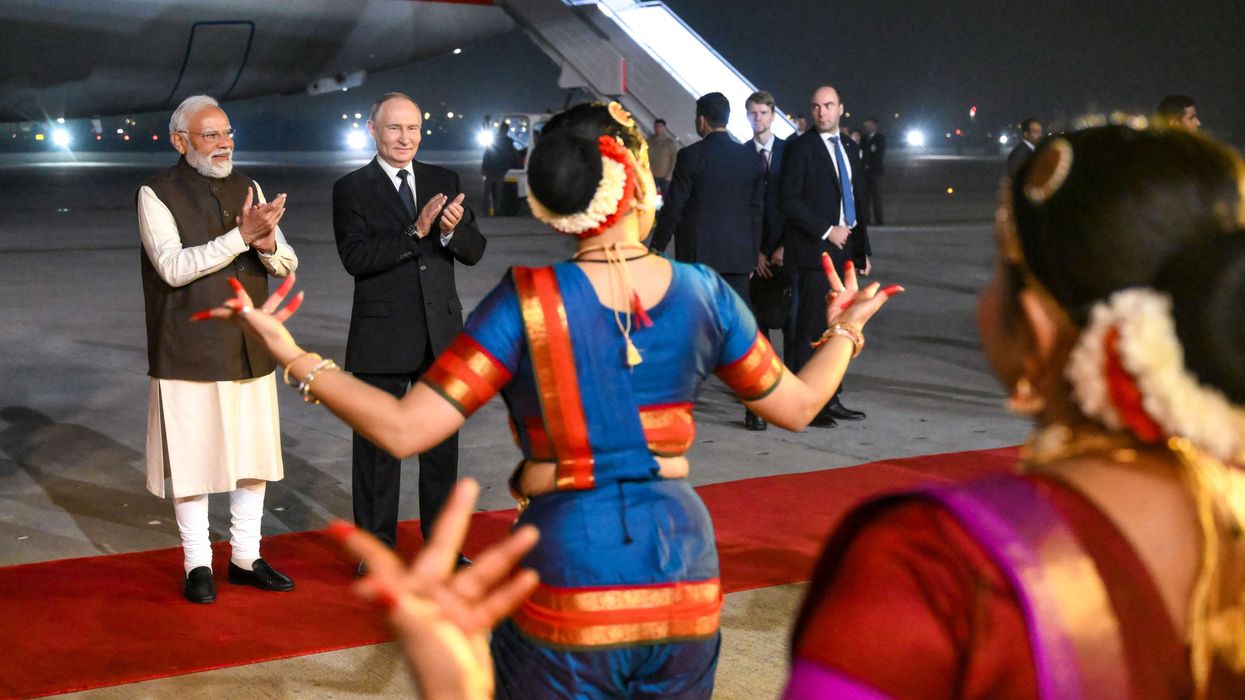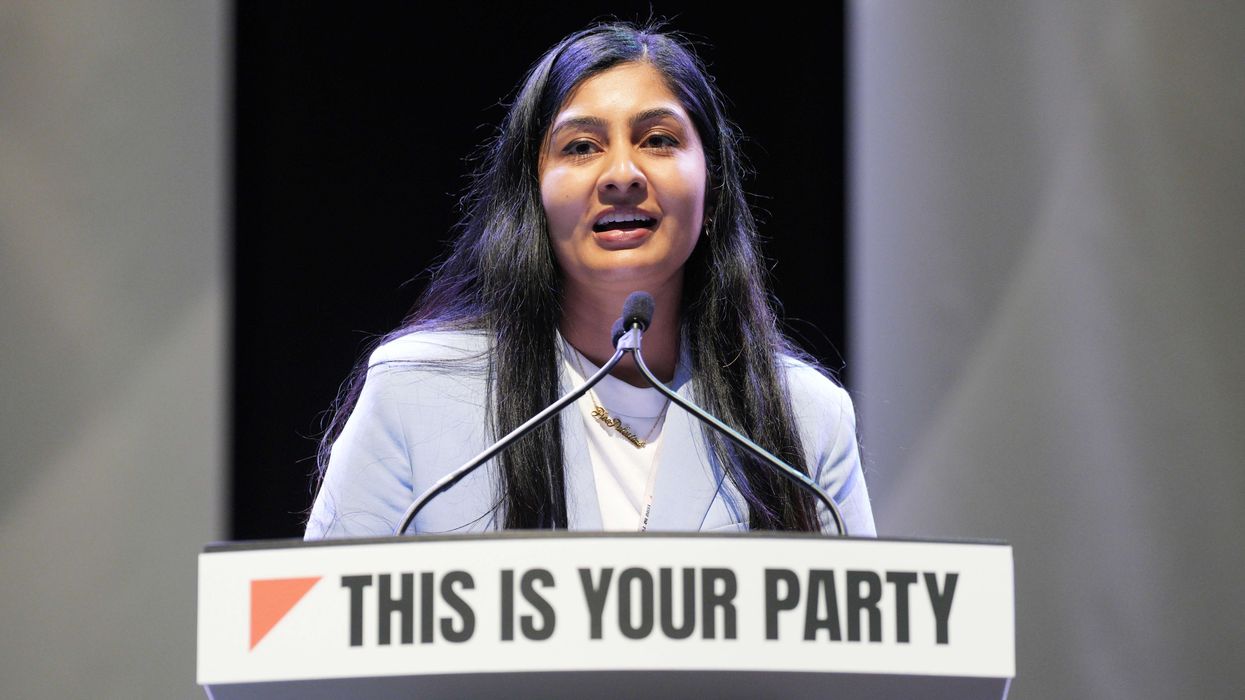by Maya Dhanjal
AS A South Asian woman and self-proclaimed princess Jasmine (sans Tiger companion), here is my exploration of the effects a lack of ethnic Disney princesses has on women and girls of colour.
I know for sure that I am not the only South Asian girl who would feel more than a tad awkward dressing up as Cinderella for Halloween. Aside from not having a huge selection of fun fancy dress costume ideas, the absence of ethnic representation in the Disney princess franchise is hugely problematic for a number of reasons.
In addition to the wonderful writing and entertaining genie, I love Aladdin because I feel connected to it. I feel represented and seen by it, which is especially strange considering that I, Maya, have Indian heritage and Jasmine is clearly of Arabian origin. So why is it that I, an Indian woman, seem to identify so deeply with a princess who isn’t even Indian? Yes, it’s because of her skin colour. I have always been fair, for an Indian girl, along with my whole family, but seeing the vibrant colours, culture, clothing and hearing the twang of music made me, subconsciously, connect Jasmine’s reality and culture with my own.
With both Arabian and Indian cultures being so beautiful and rich, doesn’t it seem problematic that watchers may not be able to differentiate between the two? Having to search for myself in a princess that didn’t even represent me, while watching the white princesses come one after another, caused me to internalise a deep sense of unworthiness within myself.
Admittedly, it’s been conflicting figuring out why I identify so much with princess Jasmine. My main reason (aside from looking remotely like her) is because she is a strong and tenacious woman with goals, and a mind of her own. But then why couldn’t there be an Indian princess who is just as strong and beautiful and embodies my culture?
Young Caucasian girls had and still have an array of princesses to look up to and identify with. They get to see themselves as princesses. Don’t women and girls of colour deserve the same? Do they not deserve to feel the same elation and affirmation of seeing themselves attending a ball and wearing the crown? The stories of the few Disney princesses of colour we do have aren’t without their flaws. These racial representations inaccurately depict the responsibilities, strength, experiences, and of course, looks within each race.
The princesses of colour all have real world issues to deal with in their films, whereas the white princesses lives are completely fictional. So the systemic racism and inequality even follows us into fiction. Scary, no? These stories don’t celebrate the cultures they aim to portray, but demonise and belittle them. The situations in these films don’t equate to experiences of all people from those ethnicities. Having these princesses as the sole form of coloured representation in Disney classics is damaging to younger generations of colour.
It is changing at a snail’s pace, but keep your heads high princesses and princes. Keep fighting the good fight and we’ll vanquish evil in the end.
Maya Dhanjal is a murder-mystery and sitcom fanatic, who is an aspiring set designer, studying live events and television production at University of the Arts London. She has a meticulous eye for detail and lives for aesthetically pleasing visuals.











